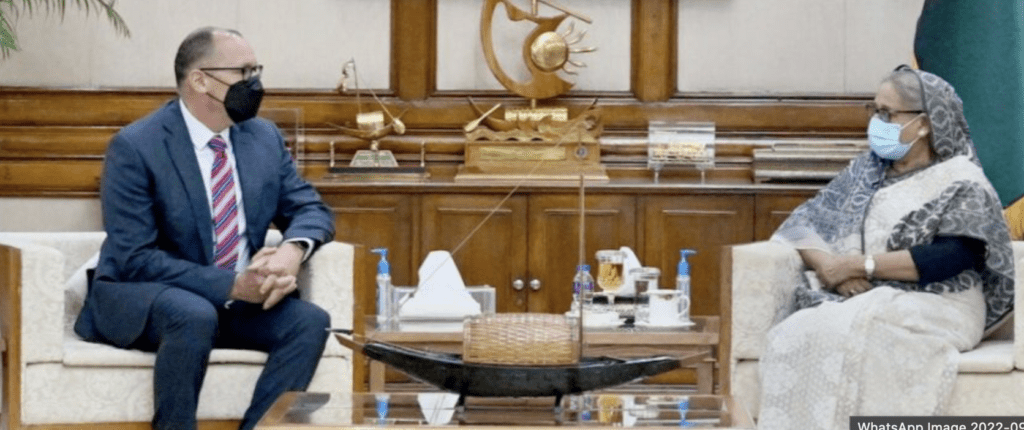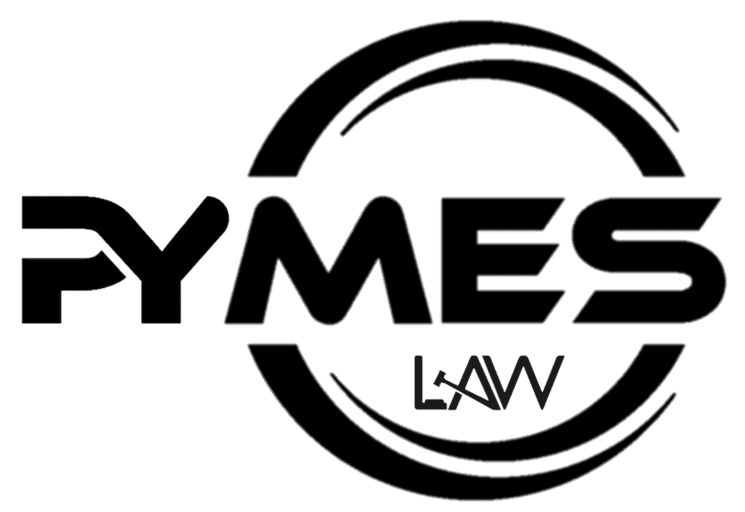Who Needs the SB1 Visa?
Who Qualifies for the SB1 Visa?
What is the Process to Obtain a SB1 Visa?
How Much Does it Cost to Get a SB1 Visa?

Visa SB1
The SB1 Returning Resident immigrant visa permits individuals who have lawful permanent resident (LPR) or conditional resident (CR) status in the United States to travel outside the country for a length of time without losing their residence status. LPRs and CRs are both sorts of Green Card holders in the United States. When a Green Card holder leaves the United States for more than one or two years, it suggests to the US government that the Green Card holder wants to relinquish his or her Green Card.
Who Is Eligible for the SB1 Visa?
When a Green Card holder leaves the country and tries to return, the US government determines whether the Green Card holder intends to make the country his or her permanent home. If a Green Card holder travels overseas for an extended period of time, the US government may conclude that the Green Card holder did not intend to make the US his or her permanent home. The SB1 visa is required for Green Card holders who want to travel for a duration longer than the one year allowed under their Green Card or the two years allowed under a Re-Entry Permit.
Under a Year of Travel Abroad
In general, Green Card holders who travel overseas and are away from the US for less than a year do not require an SB1 visa or a Re-Entry Permit to return to the US. Returning to the United States following a trip lasting less than a year requires a Green Card holder to submit his or her Green Card identification document, passport, residency cards, and other identifying documents at a port of entry.
Visits to other countries lasting more than a year but less than two years
Green Card holders who leave the United States often cannot stay abroad for more than one year without being considered to have abandoned their Green Card. Green Card holders, on the other hand, can apply for a Re-Entry Permit before leaving the country. A Re-Entry Permit permits Green Card holders to stay outside the United States for two years without losing their Green Card status. A Green Card holder must file Form I-131, Application for Travel, in order to receive a Re-Entry Permit.
Overseas Visits in the Last Two Years
Even if a Green Card holder obtains a Re-Admission Permit before leaving the country, he or she must return to the country within two years to be permitted entry. A SB1 visa may be available for re-entry if a Green Card holder with a Re-Entry Permit is outside the United States for more than two years due to circumstances or events beyond his or her control.
Exception for Armed Forces and Government Employees’ Families
Though most Green Card holders are not authorized to return to the United States after more than two years without receiving an SB1 visa, select Green Card holders are permitted to return after two years without obtaining an SB1 visa.
These two kinds of Green Card holders can travel abroad for more than two years without needing to obtain an SB1 visa when they return:
The spouse or children of a member of the United States Armed Forces; Civilian personnel of the United States government stationed overseas
Who is Eligible for the SB1 Visa?
When applying for the SB1 visa, an applicant must:
Have been a lawful permanent resident or conditional resident in the United States at the time of departure;
Have left the United States with the intention of returning and still intend to do so;
Returning to the United States from a temporary visit abroad:
Be able to demonstrate that the visit overseas was prolonged due to circumstances or situations beyond the Green Card holder’s control.
When a Green Card holder applies for the SB1 visa, he or she must demonstrate to a US Consular Officer that he or she fits these conditions.
What is the Procedure for Obtaining an SB1 Visa?
The procedure for obtaining an SB1 visa is rather simple. However, different US Embassies and Consulates may have different criteria at different points throughout the procedure. As a result, applicants for the SB1 visa should carefully read any specific instructions supplied by the US Embassy or Consulate to which they apply.
Step One: Contact the nearest US Embassy or Consulate.
Individuals who need to apply for an SB1 visa must first contact the nearest US Embassy or Consulate at least three months before their intended return to the United States. The candidate will be interviewed and relevant papers will be submitted through the US Embassy or Consulate. An applicant might also become acquainted with any unique procedural restrictions imposed by the US Embassy or Consulate by contacting the US Embassy or Consulate.
Step 2: Submit the Required Documentation to the US Embassy or Consulate.
Following contact with the United States Consulate or Embassy, the applicant must submit all relevant papers to the same United States Consulate or Embassy. The essential documents is required to demonstrate the applicant’s travel history, eligibility for the SB1 visa, and underlying immigrant visa status.
When applying for an SB1 visa, the following forms and papers are required:
Form DS-117, Application to Determine Returning Resident Status; Form I-551, Permanent Resident Card; and, if applicable, the applicant’s Re-Entry Permit
Other documentation must be presented as well, demonstrating:
Dates of travel outside the United States of the applicant, such as plane tickets or passport stamps;
Tax returns and evidence of family, social, or economic ties to the United States are examples of proof of the applicant’s ties to the United States and intent to return.
Proof that the applicant’s extended stay outside the United States was for circumstances beyond his or her control, such as medical or employment grounds.
Third step: Attend the Medical Exam
A SB1 visa candidate must have a medical examination after submitting all needed papers. This is a necessary step before the applicant can meet with a Consular Officer at a U.S. Embassy or Consulate near them. If the applicant has any questions or concerns concerning the medical examination, he or she should contact the US Embassy or Consulate where he or she is applying. The US Embassy or Consulate will provide details on where to receive a medical appointment and what the medical examination will include, including any required vaccinations.
Step 4: Interview at the US Embassy or Consulate
All SB1 candidates must meet with a US Consular Officer at the US Embassy or Consulate where they apply. During the interview, the candidate must adhere to any specific criteria imposed by the US Embassy or Consulate, as well as submit the following documentation:
Form DS-260, Immigrant and Alien Registration Application; original passport of the applicant; two pictures of the applicant that fulfill the Department of State’s photo requirements;
Any civil paperwork sought by the United States Embassy or Consulate.
What is the cost of obtaining an SB1 visa?
Form DS-117 has a processing charge of $180, while Form DS-260 has a fee of $325. The medical examination and mandatory immunizations will incur additional charges for SB1 applicants.



0 Comments